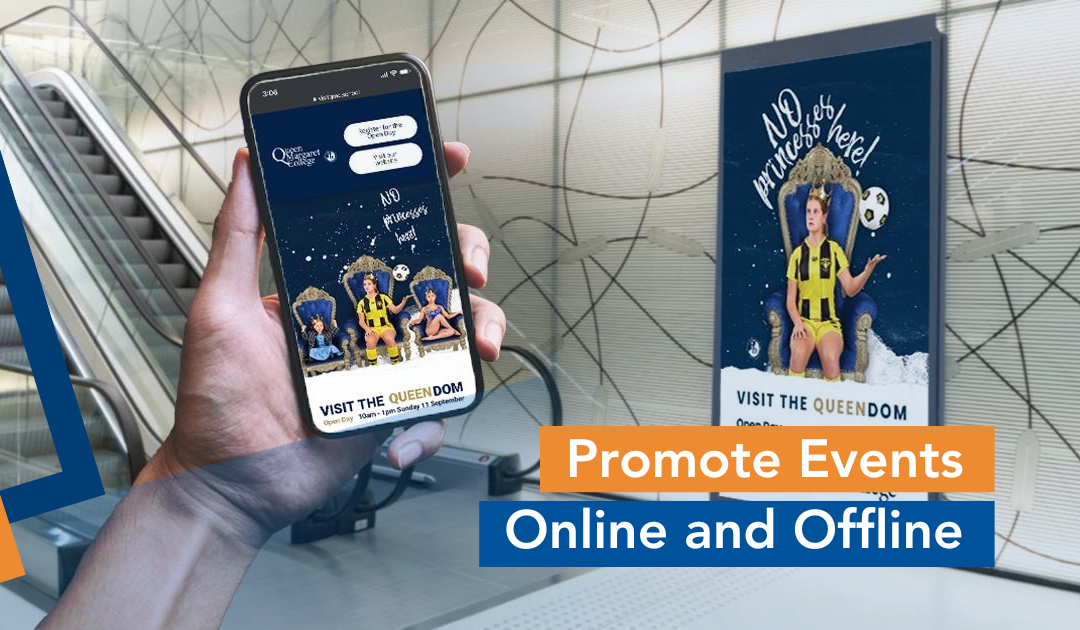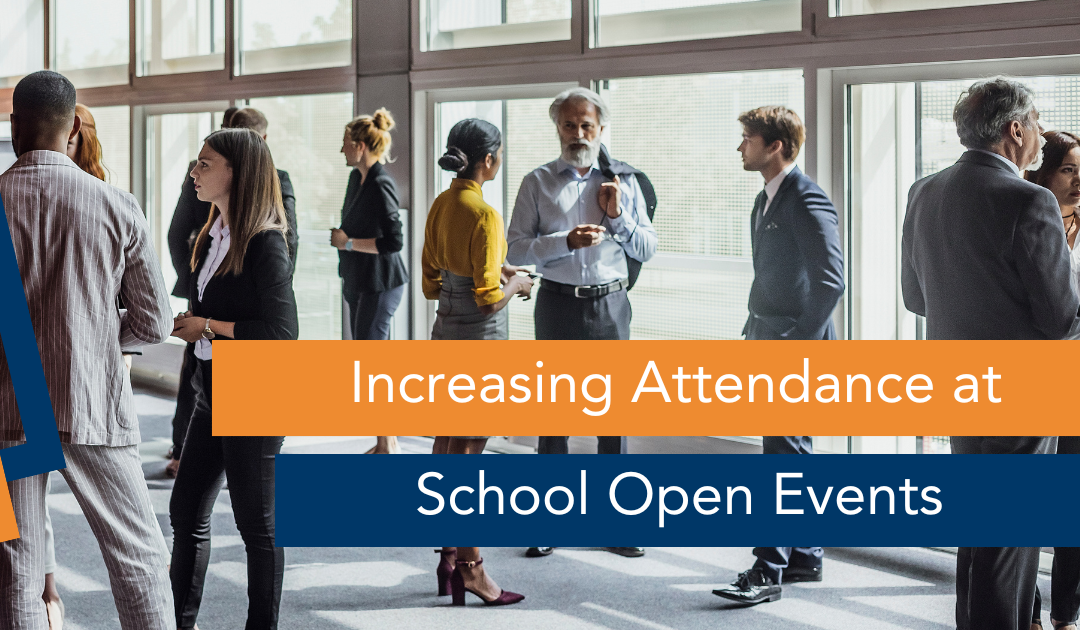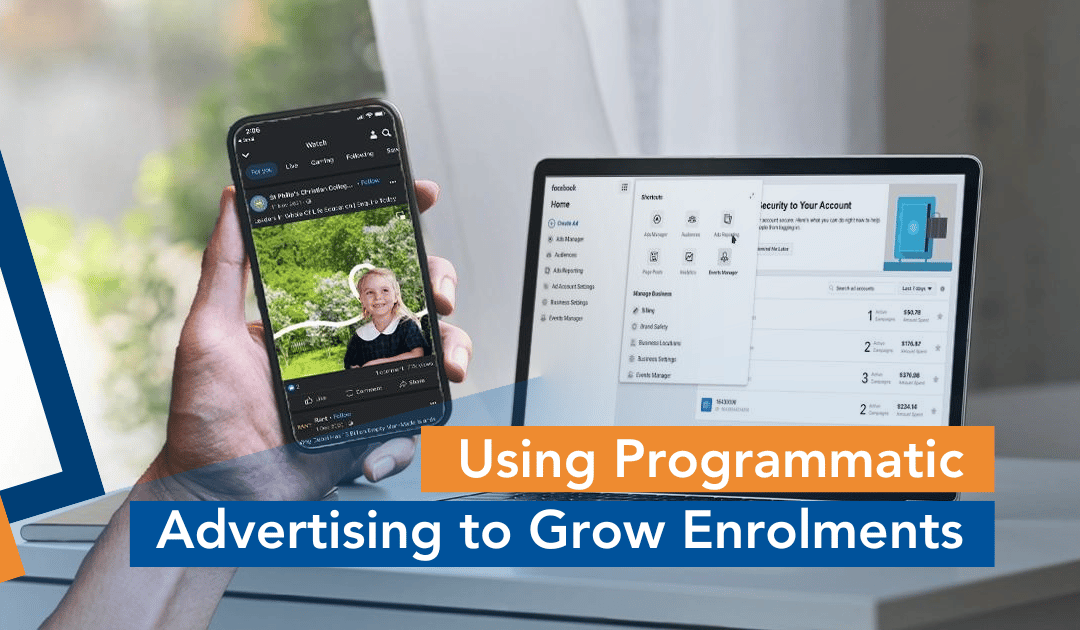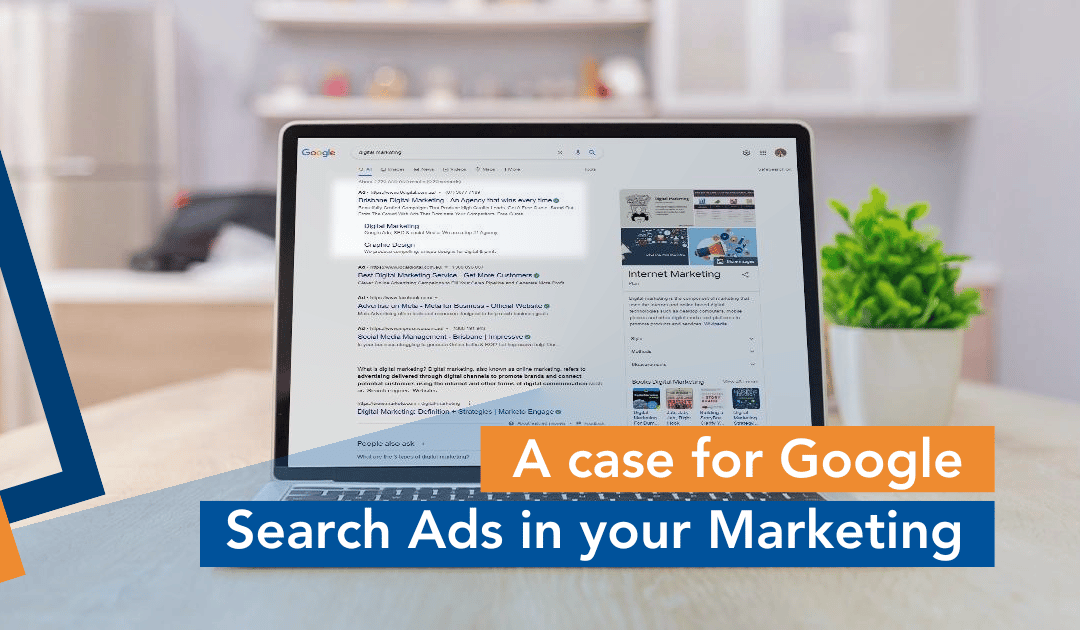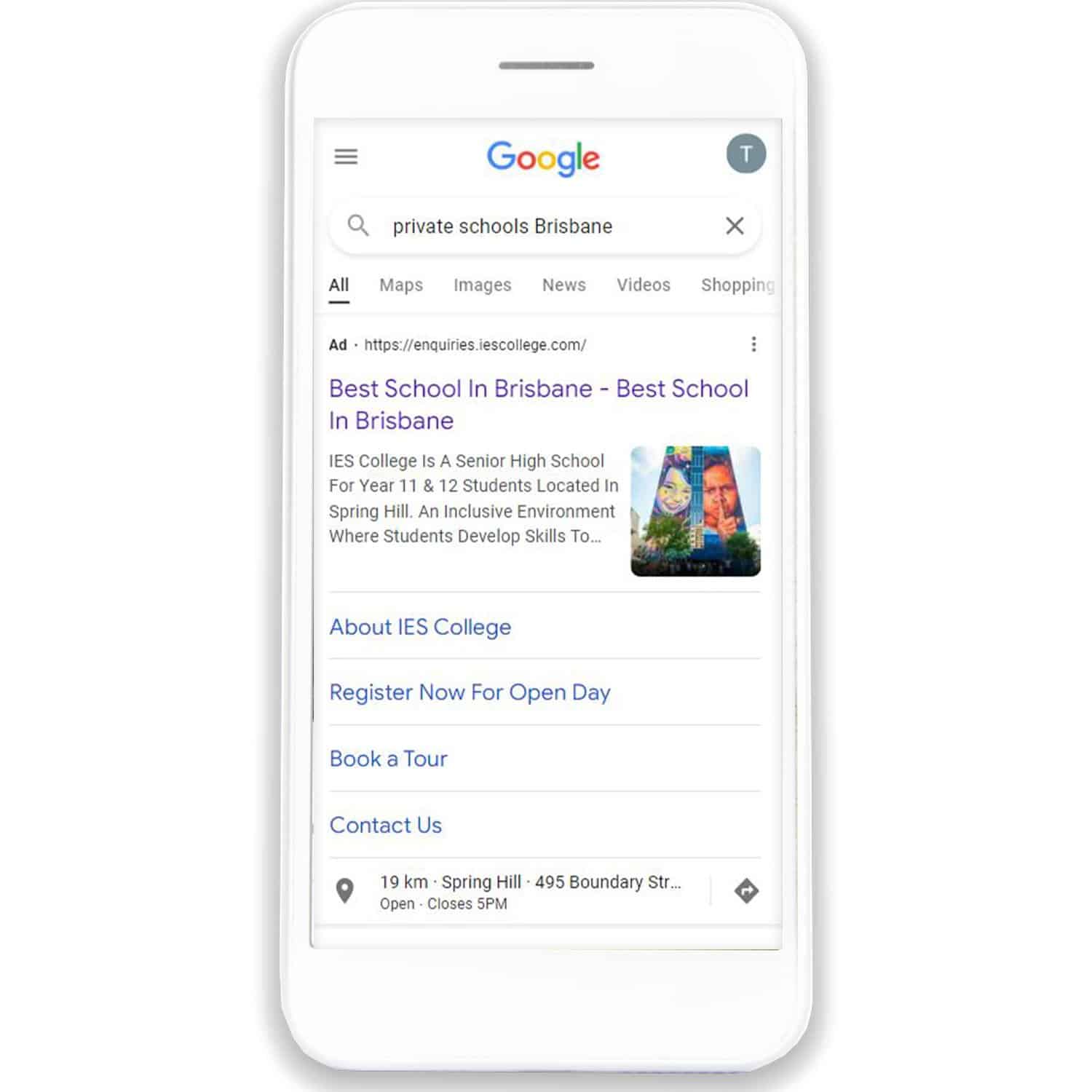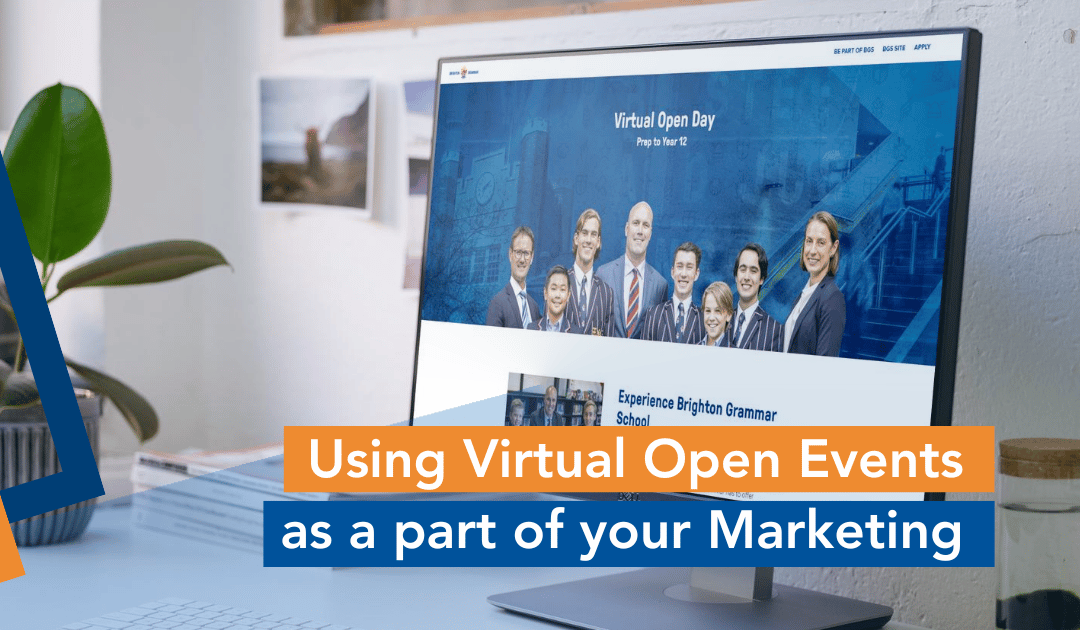
Using Virtual Open Events as part of your Marketing Mix
A Virtual Open Event is a structured online experience designed to introduce prospective families to your school. Operating similarly in objective to an Open Event, a Virtual Open Event offers people the chance to explore your campus, hear from key staff, ask questions, and get the information they need to take a step towards enrolment.
Open Events allow parents to get a feel for your school, understand its culture and see first-hand what you can offer their child. They play a key role in any parent’s decision-making process, assisting them to decide if your school or college is the right fit for their child. Open Events should be an indispensable part of any school’s marketing strategy.
In recent years, interruptions to regular Open Events hampered the ability of schools to attract enrolments. There has never been a better time to consider adding Virtual Open Events to your marketing mix, whether as a contingency plan in case of emergency or to complement your existing Open Events with a virtual option.
What makes an effective Virtual Open Event?
An effective Virtual Open Event:
1. Should mimic the offerings of an in-person Open Event.
2. Allows visitors the opportunity to familiarise themselves with your campus.
3. Introduces visitors to key staff members.
4. Gives participants the opportunity to ask questions and get the information they need to submit an enrolment application.
The components of an Open Event can be replicated virtually in several ways. Firstly, you can allow parents to familiarise themselves with your campus using either an interactive campus map or a virtual tour:

Image: An illustration of an interactive campus map with clickable icons which reveal images of each room.
Interactive maps show where facilities are located in relation to one another, as well imagery similar to what a visitor would see during an in-person tour.
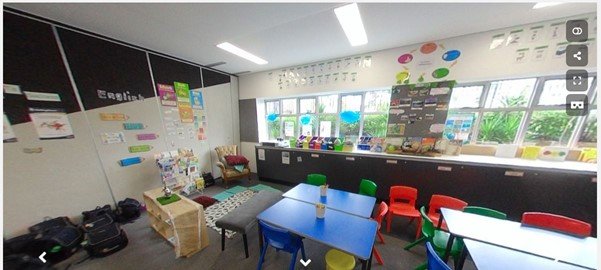
Image: A 360-degree view of a classroom in a virtual tour.
Another common tool used to apprise families with campuses is virtual tours. Usually consisting of 360-degree imagery of video footage of your school, these tours allow users to navigate around campus, offering a similar perspective as to if they were there in person.
While these tours provide a detailed experience of what it is like to traverse your campus, they can be less effective at illustrating where facilities are in relation to one another and may sometimes be disorientating.
Regardless of which approach is used, it is integral that these virtual experiences attempt to capture the character and liveliness of your school. Given that their primary purpose is to build familiarity and confidence in your facilities, they should capture important landmarks, and the vitality of classrooms, highlight iconic and characterful buildings, showcase meeting spaces, convey the power of auditoriums and highlight the amenity of greenspaces and ovals.
If you want your virtual campus map or tour to be memorable, highlight what makes your campus unique.
Key features of a successful Virtual Open Event.
Just like any good Open Event, meeting key staff members is an essential part of the experience. This is no exception when it comes to an effective Virtual Open Event. Thankfully there are several great ways to achieve this, the first being pre-recorded videos.
As the name suggests, pre-recorded videos are recorded by heads of departments and key staff members in anticipation of the event. Their pre-recorded nature means staff have time to prepare responses to frequently asked questions and schedule the video to auto-play at a predetermined time during the Virtual Open Event.
Alternatively, embedded links to Zoom calls can be used as a more intimate way for participants to meet staff members. Offering parents the ability to meet and ask questions in real-time, provides a better experience for attendants. These calls can open up the possibility of questions being asked that staff cannot initially answer, requiring follow-up after the call.
Finally, live streams offer a balance between the first two approaches, providing a more intimate ‘real-time experience’ while eliminating the possibility of on-the-spot questions that may not be immediately answerable. Similar to the Zoom approach, questions can be submitted beforehand to give staff members time to prepare their responses.
Choose the method that you think will work best for your school and focus on delivering a genuine and personable experience to platform users.
An effective Virtual Open Event should also provide users with all the information they need to submit an enrolment application. To eliminate any barriers in getting your enrolments, this process should be made as easy as possible for enrolling families. Typically, we recommend including a Prospectus download, contact details for families with any last-minute questions and a clear call-to-action to enrol. This call-to-action can be a link to the enrolment form, an enrolment portal, or however your school or college accepts enrolments.
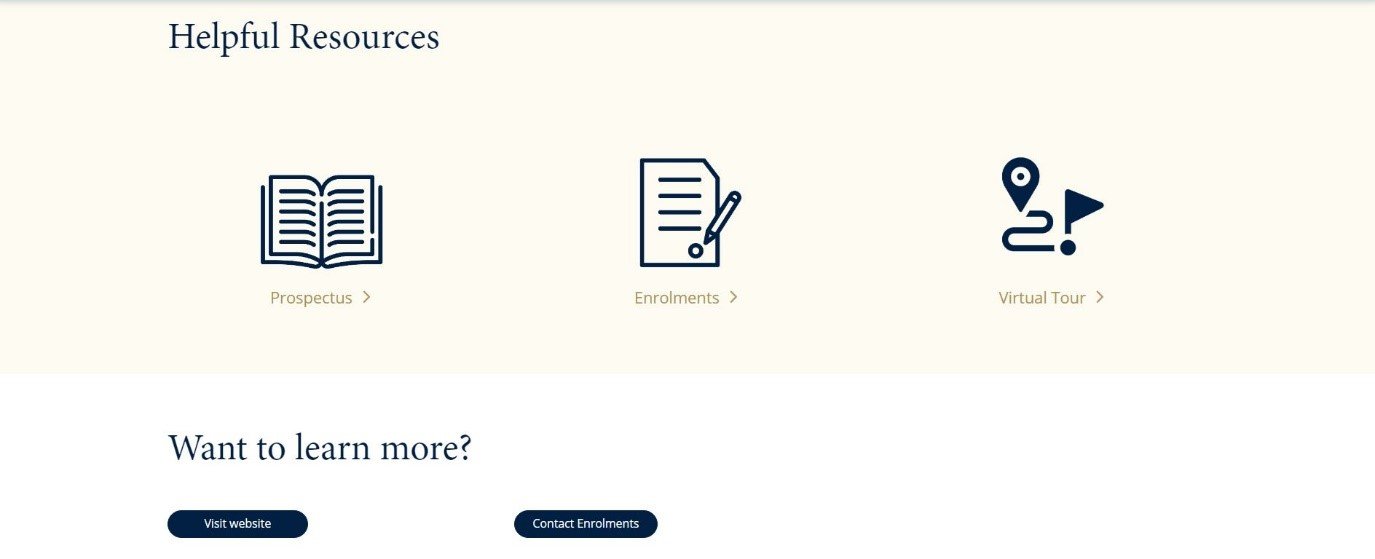
How can a Virtual Open Event supplement your marketing mix?
Given the importance of Open Events in parents’ decision-making process, the inclusion of a Virtual Open Event in your existing marketing mix can supplement the effectiveness of your current campaigns.
We’ve found Virtual Open Events provide a number of key benefits over traditional ‘enquiry’ campaigns. Primarily, they offer greater enrolment conversion rates and significantly higher audience retention rates.
Virtual Open Events will provide a greater return on your advertising investment and the creation of warmer leads going forward.
Questions regarding this article? Please email me at mara@robertsdigital.com.au

